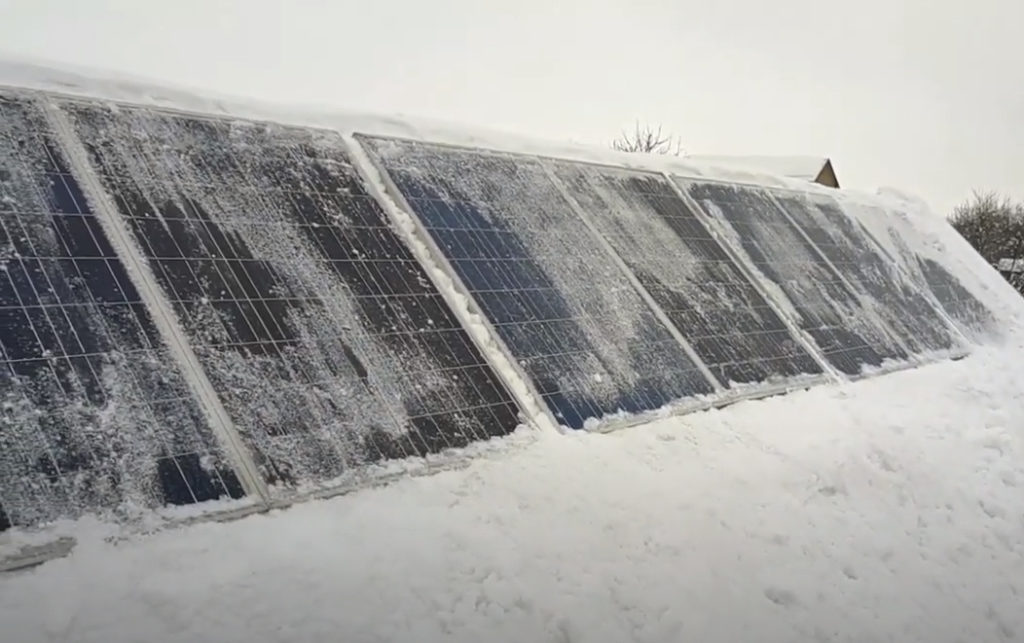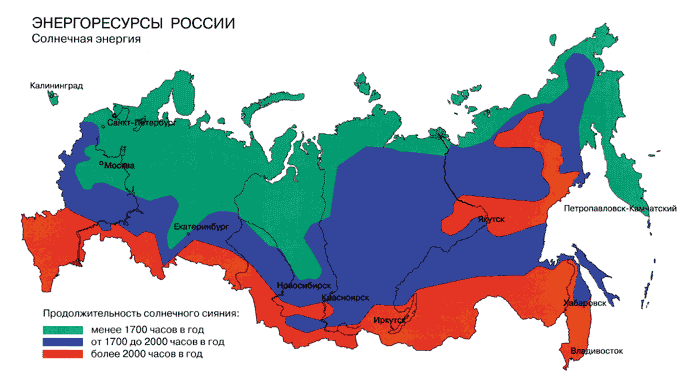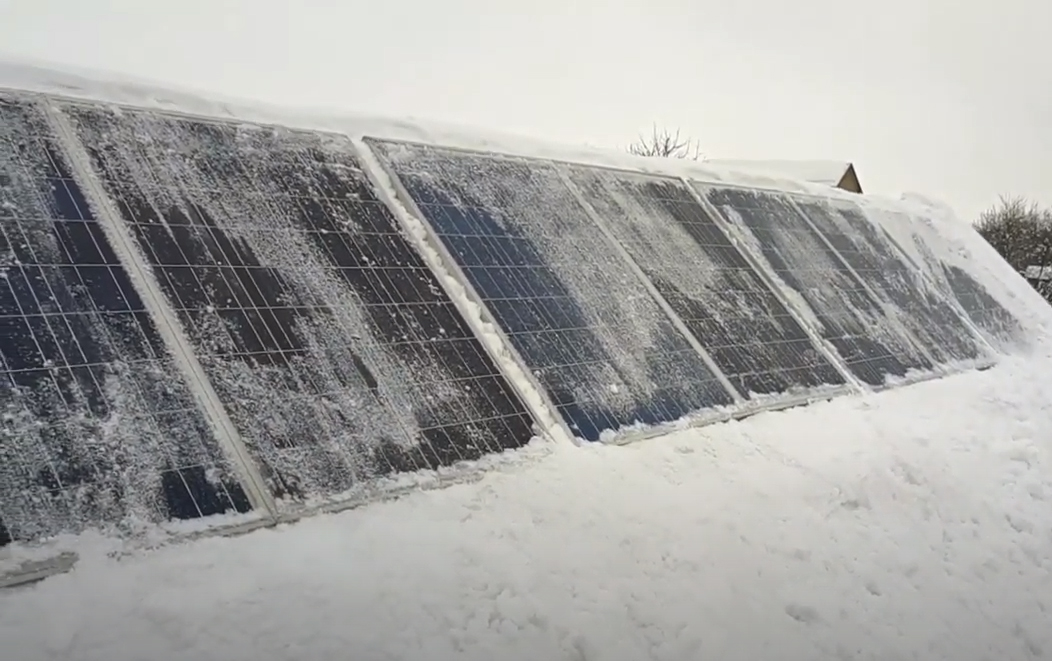April 2020 will be remembered in history for many events. But for Russia, one of the most significant of these was the historic drop in the price of oil. The sharp increase in oil production in the competition between Russia and Saudi Arabia was exactly the result of a collapse in oil demand around the world due to the coronavirus epidemic, leading to a drop in oil prices to a level unprecedented since the 90s of the 20th century.
And this is a good reminder to the Russians that oil is not eternal. That her time will run out sooner or later. That even now one can no longer count on oil revenues. That perhaps we are already at the beginning of the end of the fossil fuel era. That the transition to renewable energy sources is inevitable – and woe to the country that will be among the last in the process of this transit. When the rest of the world switches to “green energy”, Russia will lose not only export revenues from oil, but also oil and gas production itself, because it will not be possible to ensure its profitability with domestic demand alone. And this means that, without switching to renewable sources of electricity in time, Russia, for the first time in its history, can turn from an exporter of energy resources into an importer.
Solar panels are the energy future of the planet
It is already becoming clear that, after oil, coal and gas, the next major source of energy on the planet will be sunlight. The earth captures 173 terawatts of solar radiation – 10,000 times more than the world’s electricity consumption.
The transition to solar energy on a planetary scale has already begun, and is proceeding ahead of schedule. Even the most optimistic forecasts did not predict the magnitude that solarization of the global economy would reach in 2020. In 2010, Greenpeace released their energy forecast called Energy Revolution, which predicted a 737% growth in solar power – eight times – to 335 megawatts in ten years.
Photo: https://www.cnbc.com/
These were the most optimistic expectations at that time, ahead of any similar government forecasts. And yet, Greenpeace was wrong: by the end of 2018, the total volume of solar electricity reached 486 megawatts, showing a twelve-fold increase instead of an eight-fold one – and in just eight years instead of ten.
Photo: https://www.cnbc.com/
And the pace of global energy solarization continues to grow. The current oil crisis, no doubt, will only accelerate the transition of different countries to solar energy.
What remains for Russia in this case? When the global demand for oil and gas finally dwindled and made the extraction of fossil fuels unprofitable even for their own needs, the question will no longer be oil superprofits, but where will the electricity for the kitchen light come from. Do you really have to import “light” for your needs from sunnier countries?
Completely optional.
Solar energy can become the light at the end of the tunnel not only for the southern countries, but also for Russia.
Solar panels work even in winter
A common misconception about solar panels is that they convert solar heat into electricity. And how warm is it in Russian winter?
In fact, solar panels run on sunlight, not heat, by converting a stream of photons emitted by a star called the Sun into electricity.
Thus, the ambient temperature for the operation of solar panels is irrelevant. Cold weather even gives a slight advantage: like any technology, solar panels can overheat – but not in winter. To work, they need only sunlight – even in July, even in January.
Why, then, is solar panels considered to be a non-winter type of electricity generation? Only because in winter there is less sun.
For comparison: June 23, the longest day in 2020 in central Russia, including Moscow, will begin at dawn at 03:44 and end at sunset at 21:18, lasting 17.5 hours – almost three-quarters of a day. Whereas the shortest day, December 22, starting at 08:57, will end at 15:58, lasting only seven hours – exactly 2.5 times less.
Add to this the more cloudy, on average, weather on winter days, you can understand why solar panels work much less productively in winter than in summer.
But, nevertheless, they work.

Unlike a bicycle, solar panels do not have seasonal restrictions on their use. And, just as seven hours of sunshine a day in winter is better than nothing, seven hours of electricity generation a day is also not a trifle. This makes the use of solar panels a practical undertaking even in Russia – especially in the middle lane and southern regions.
The main winter enemy of solar panels is snow. First, the fallen snow serves as a barrier to sunlight. Secondly, large masses of snow create an additional load on the supporting structures of the batteries. However, engineers in the 21st century deal with both the first and second problems in the same way that the builders of castles with their pointed towers and sloping roofs in the 11th century: by installing solar panels at an angle.

Another unexpected winter “bonus” is that melting snow acts as a wet rag, cleaning the surface of the battery. Thus, during the winter, a significant part of the dust and dirt that has settled on them during the warm season, which would otherwise reduce their light transmission and performance, is “washed off” from the batteries.
Solar energy for Russia
So, solar panels work all year round. This means that, contrary to popular belief, solar energy is quite possible. And that means it’s necessary.
Almost every building and residential building in Russia can be made more energy efficient by installing solar panels on the roofs, which are now practically not used, serving, as a rule, only as a “parking lot” for cell towers. Considering that the majority of the Russian population lives in relatively good conditions, in terms of illumination – in the middle lane, at the latitude of Moscow, and to the south – this is a completely viable solution. The higher the house, the more light the solar panels on the roof will capture, allowing the communal electricity needs to be fully or partially self-sufficient.
But, of course, the existing areas to fully cover the needs of the economy in electricity – industry and transport in the first place – will not be enough. In the world, the largest solar farms are being built in sunny and arid regions – for example, in Morocco or California. Russia also has such a southern region – sunny, arid and deserted, both in terms of vegetation and population: Kalmykia. The future “solar” Kalmyk electricity has a huge and yet underestimated economic potential.
One of the main difficulties of the same Moroccan project for the production of solar electricity is logistical. Building huge solar farms in the middle of the African desert is only the least of the problems. Moroccan electricity will then need to be delivered to the market of the main consumer – Europe, which will require huge expenses for organizing the transit of electricity to another continent, and no less expenses for building storage facilities for the surplus.
Whereas the industrially developed south of Russia since the Soviet times is included, like all other regions, in the country’s unified electric power system. Therefore, the main costs for the development of solar energy in Kalmykia, as well as the Astrakhan region and Stavropol, for example, will go to the construction of the solar farms themselves. The cost of storing and transporting the generated electricity will be significantly cheaper than for similar projects in remote regions of the Earth. And even cheaper than it is now cost to deliver oil and gas from the Far North and Western Siberia.

Solar energy is the future of Russia, which is already possible today.
